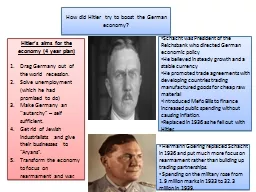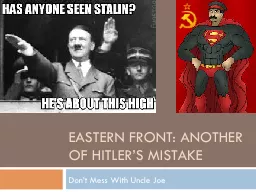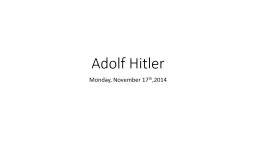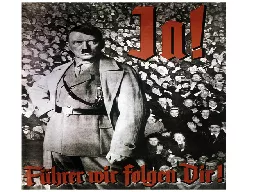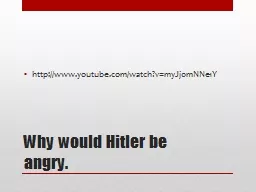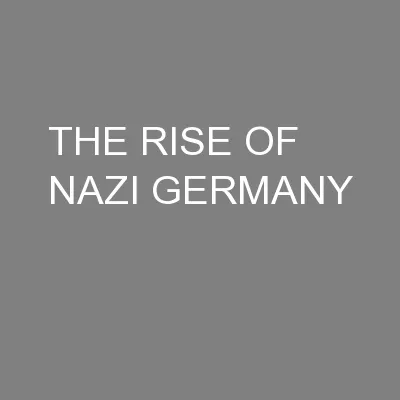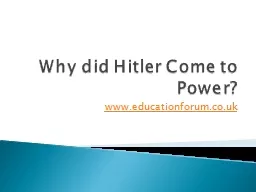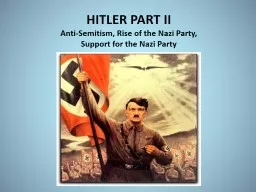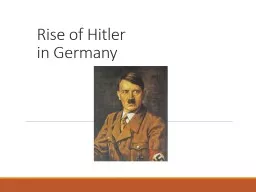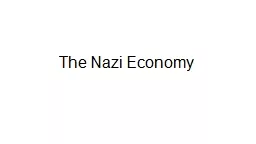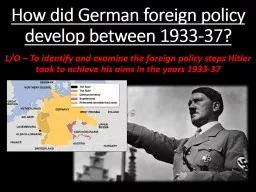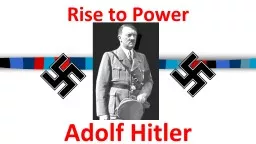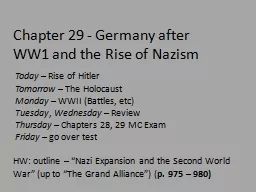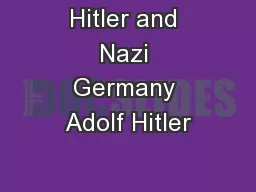PPT-How did Hitler try to boost the German economy?
Author : faustina-dinatale | Published Date : 2018-11-10
Hitlers aims for the economy 4 year plan Drag Germany out of the world recession Solve unemployment which he had promised to do Make Germany an autarchy self sufficient
Presentation Embed Code
Download Presentation
Download Presentation The PPT/PDF document "How did Hitler try to boost the German e..." is the property of its rightful owner. Permission is granted to download and print the materials on this website for personal, non-commercial use only, and to display it on your personal computer provided you do not modify the materials and that you retain all copyright notices contained in the materials. By downloading content from our website, you accept the terms of this agreement.
How did Hitler try to boost the German economy?: Transcript
Download Rules Of Document
"How did Hitler try to boost the German economy?"The content belongs to its owner. You may download and print it for personal use, without modification, and keep all copyright notices. By downloading, you agree to these terms.
Related Documents

